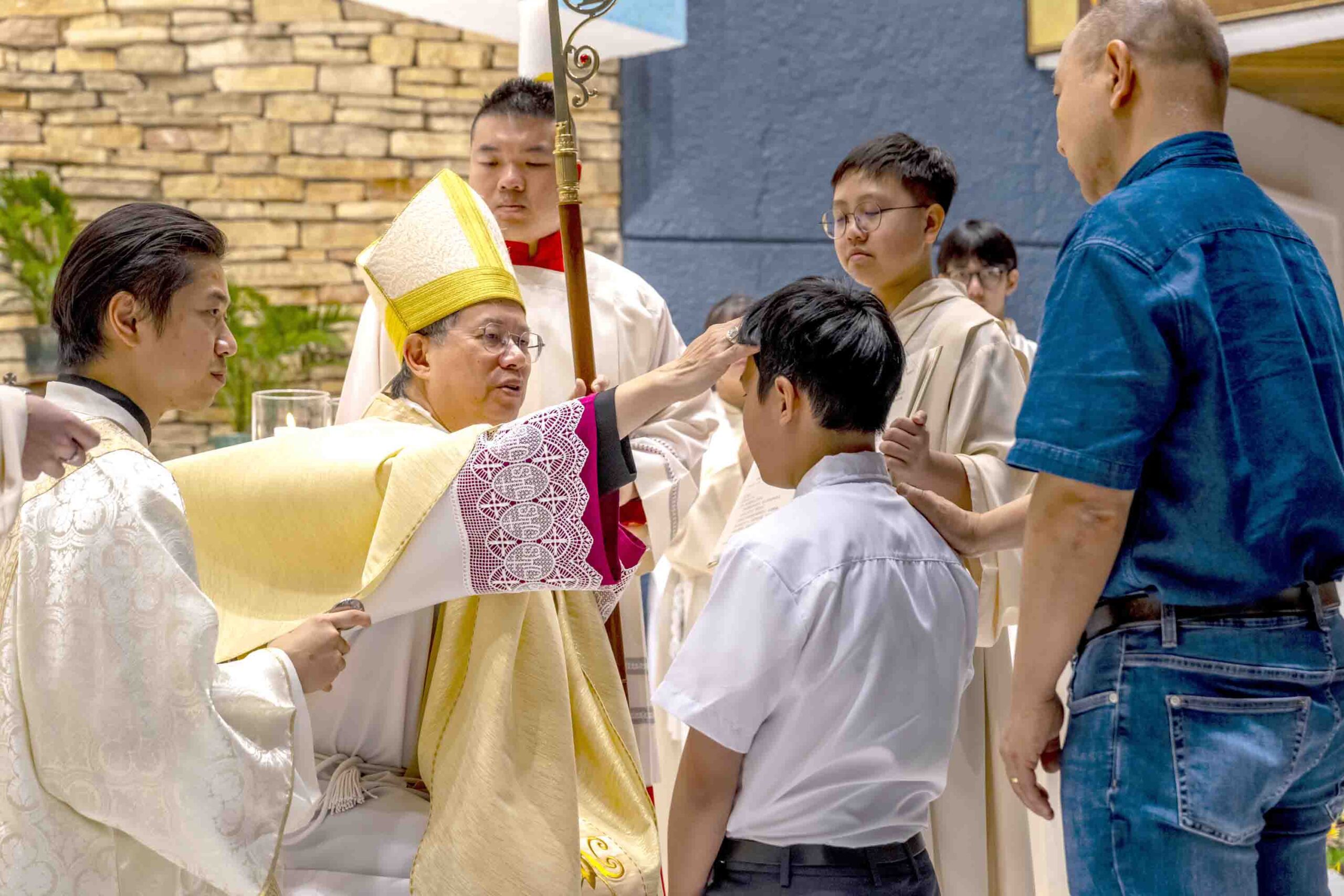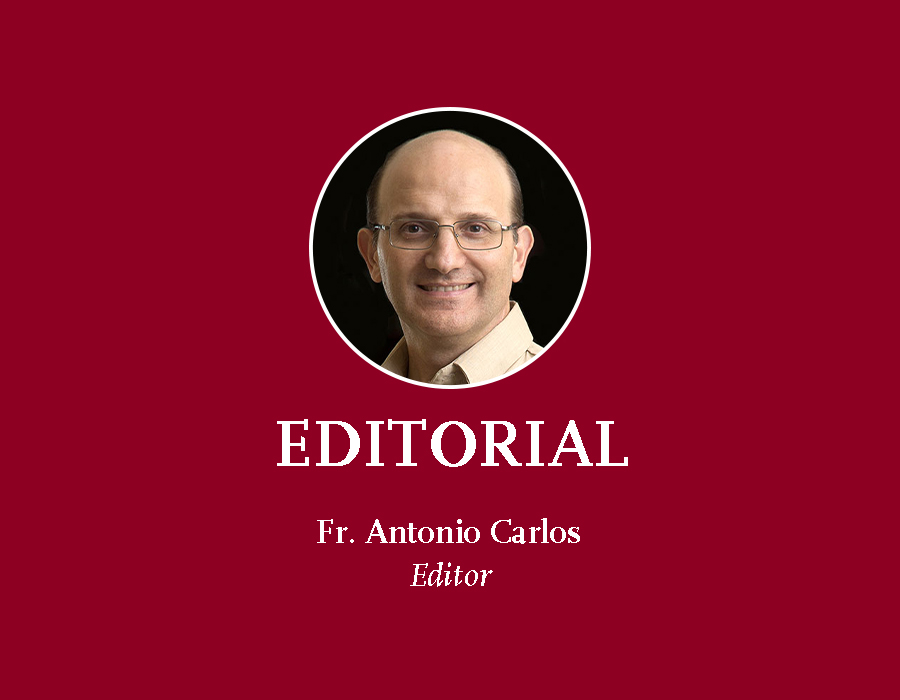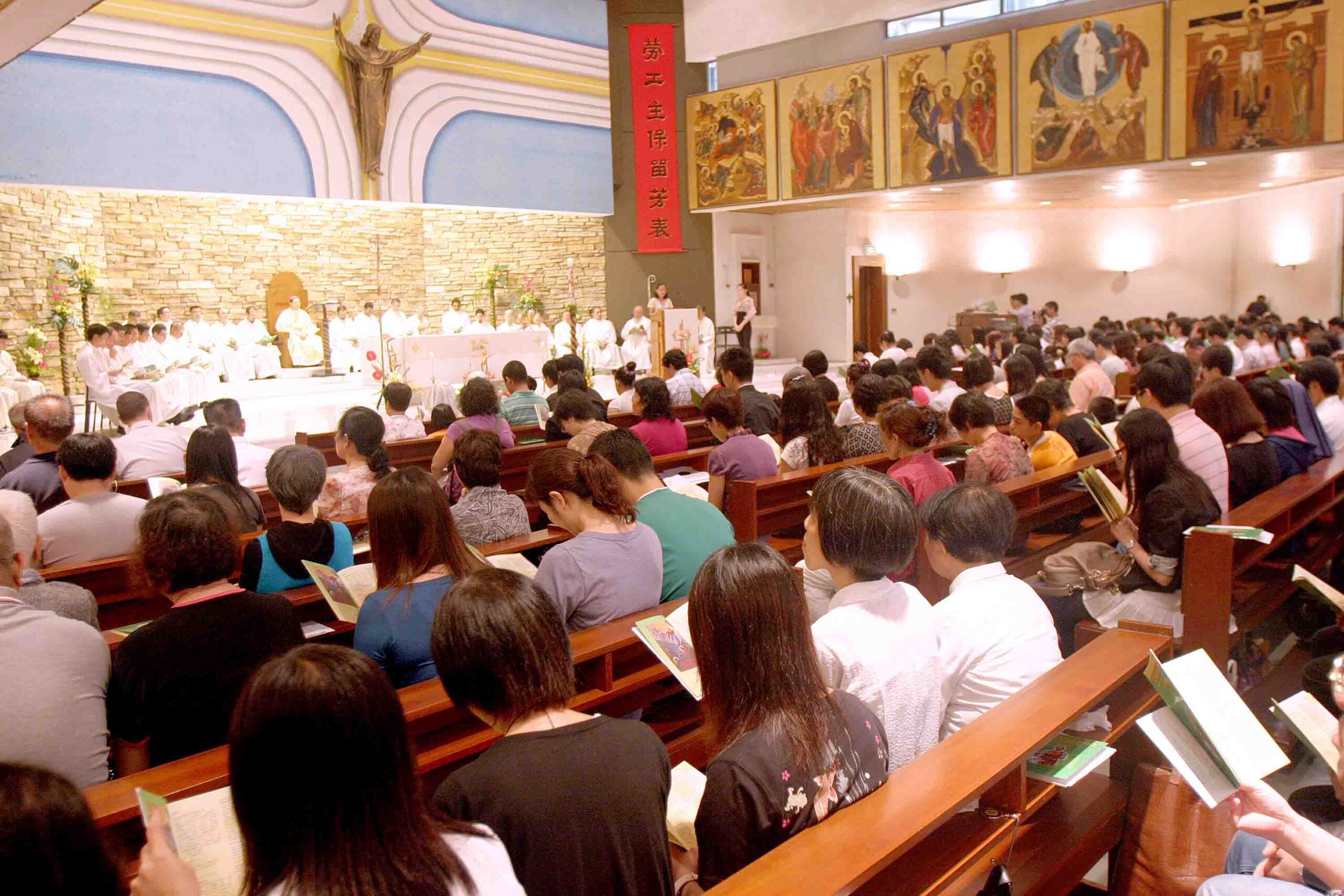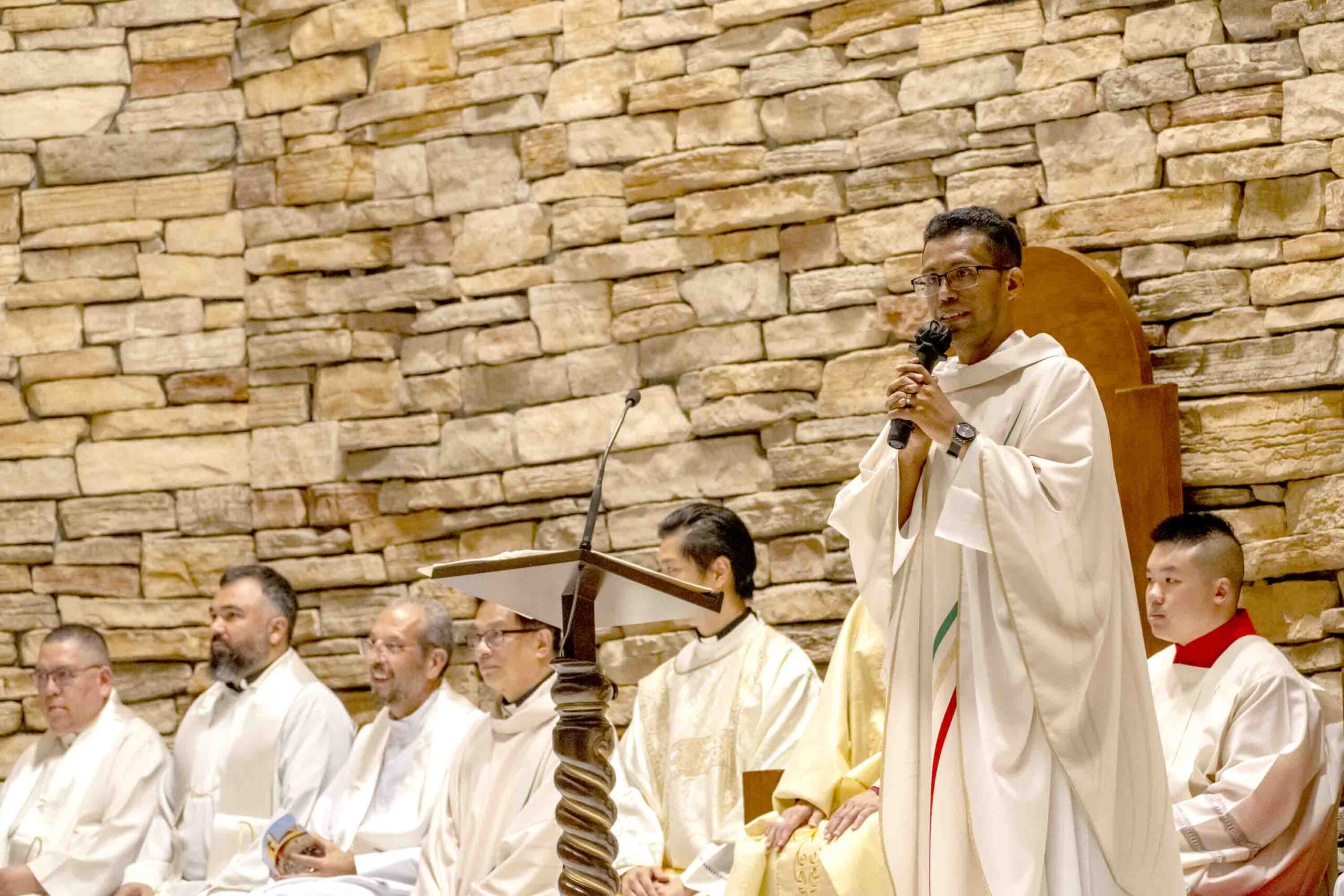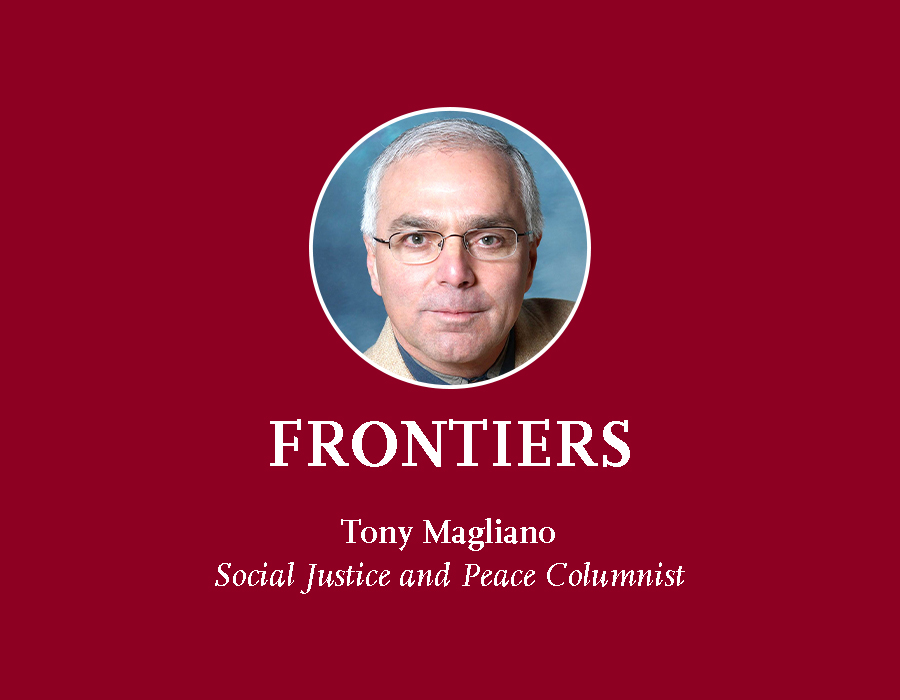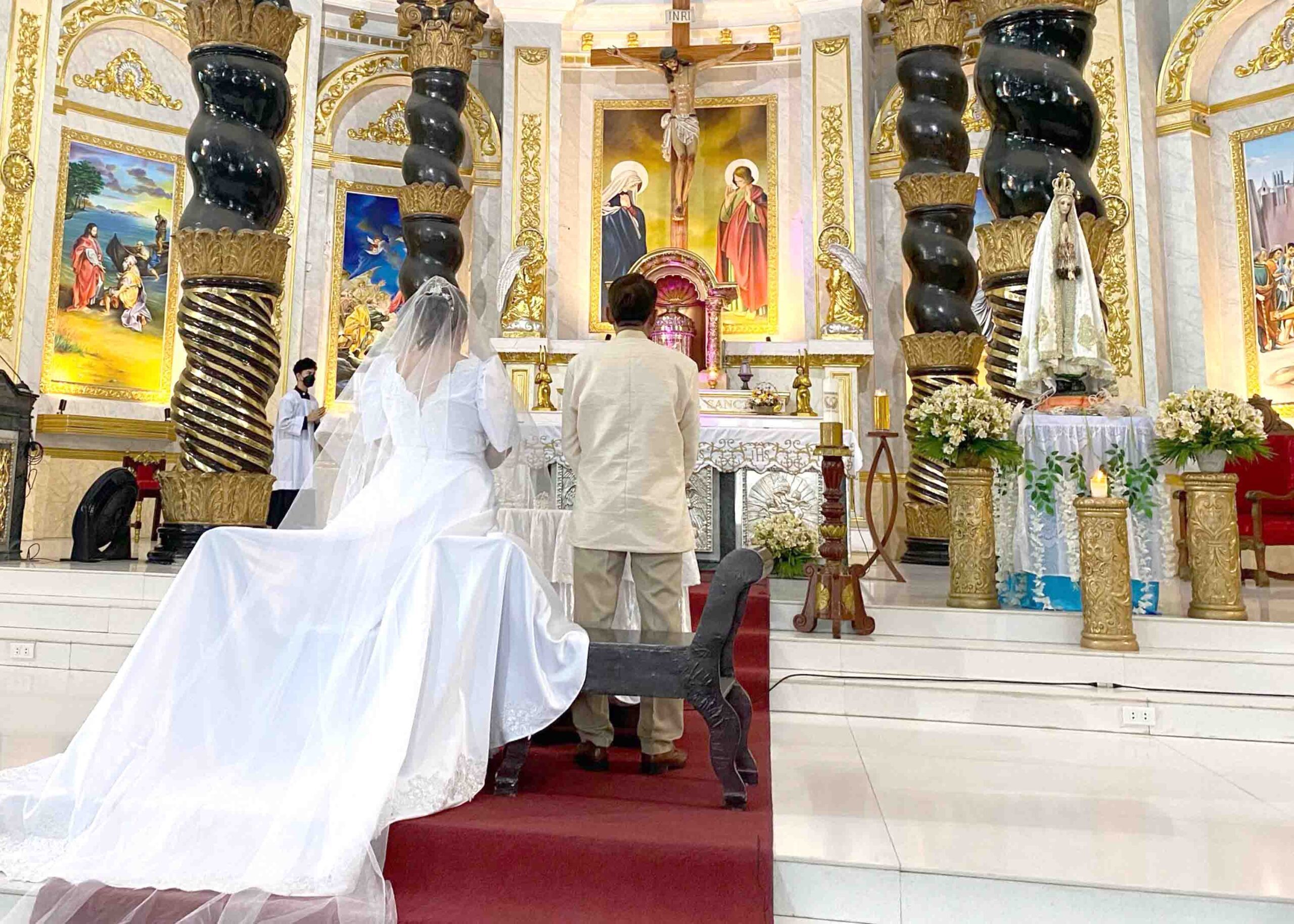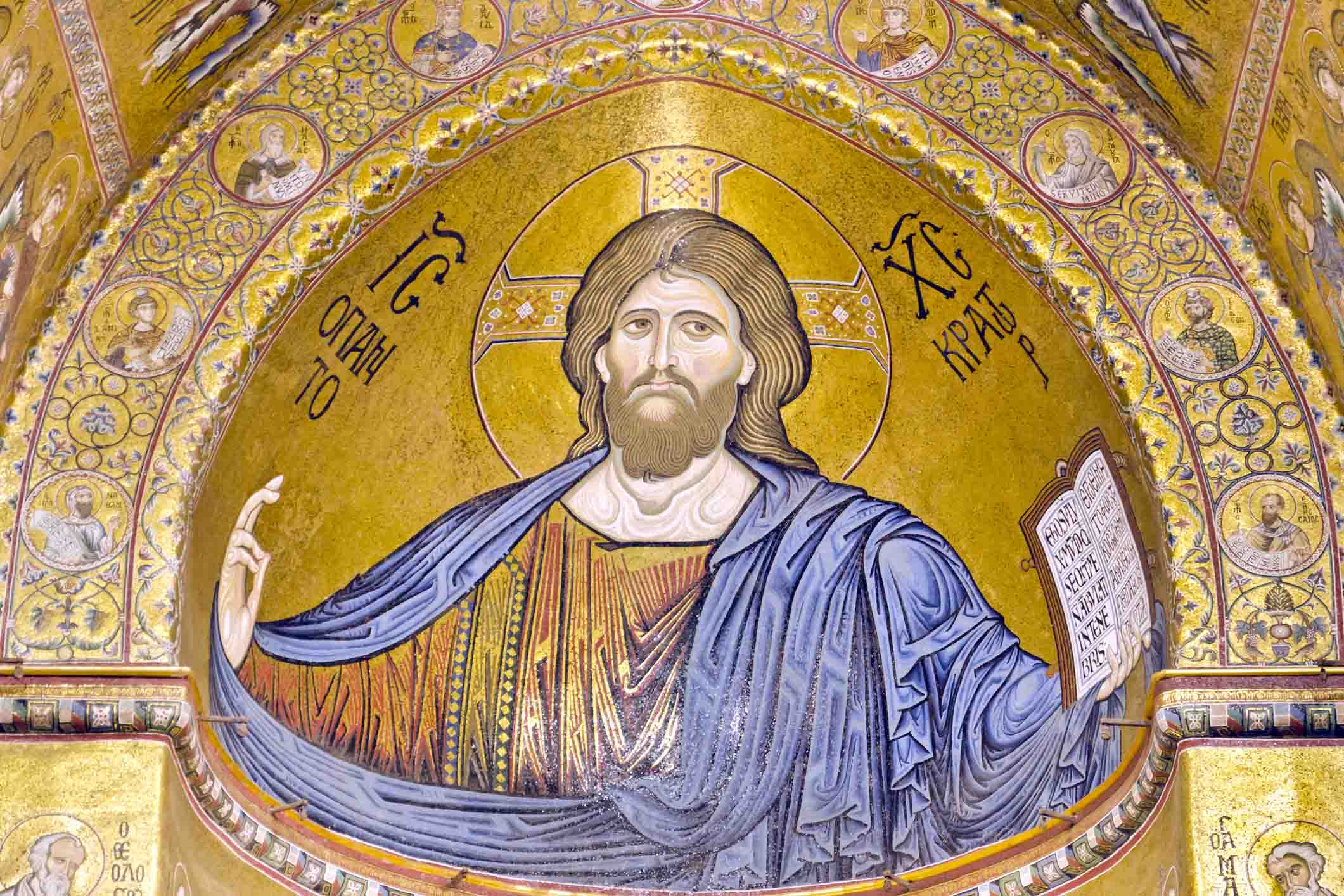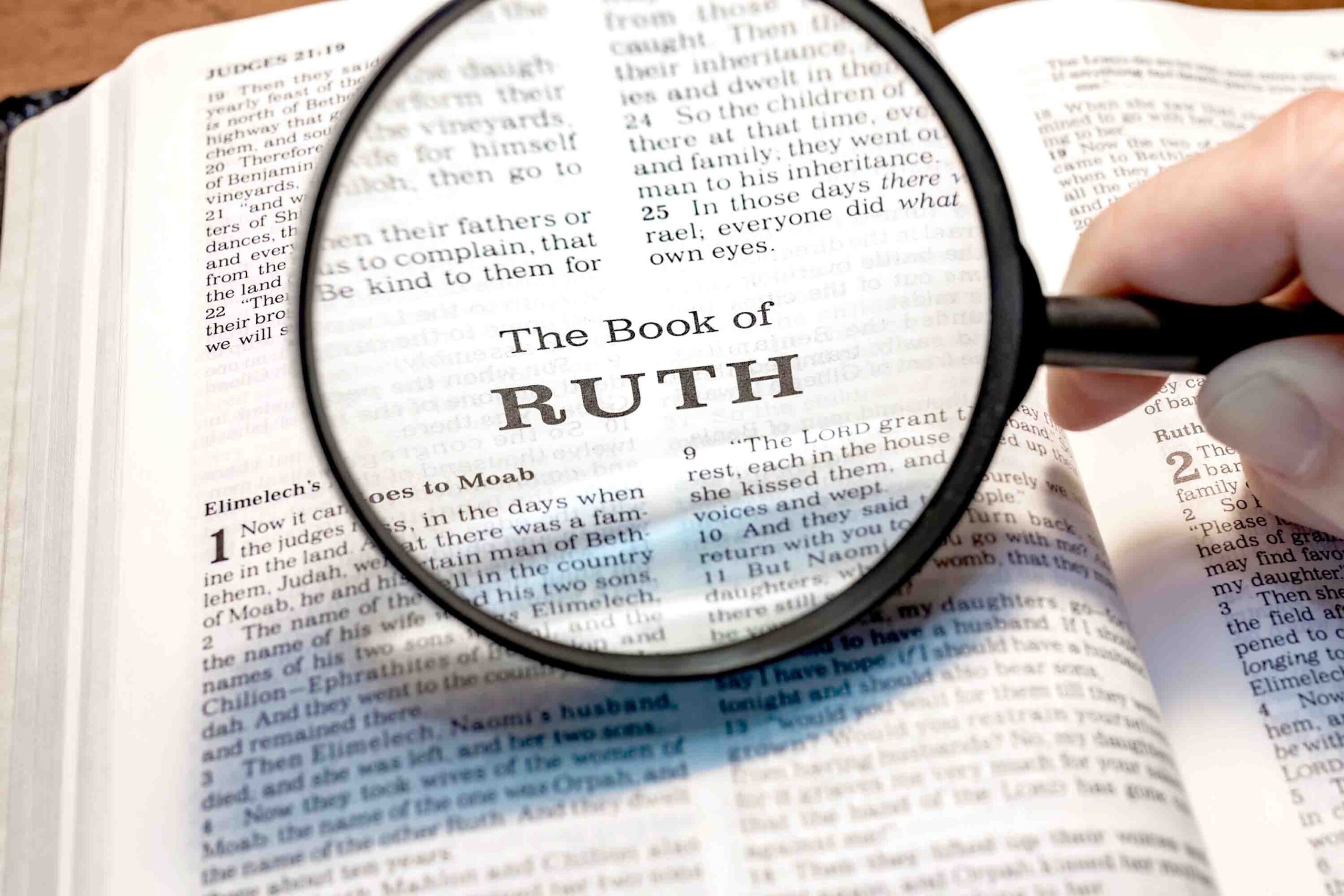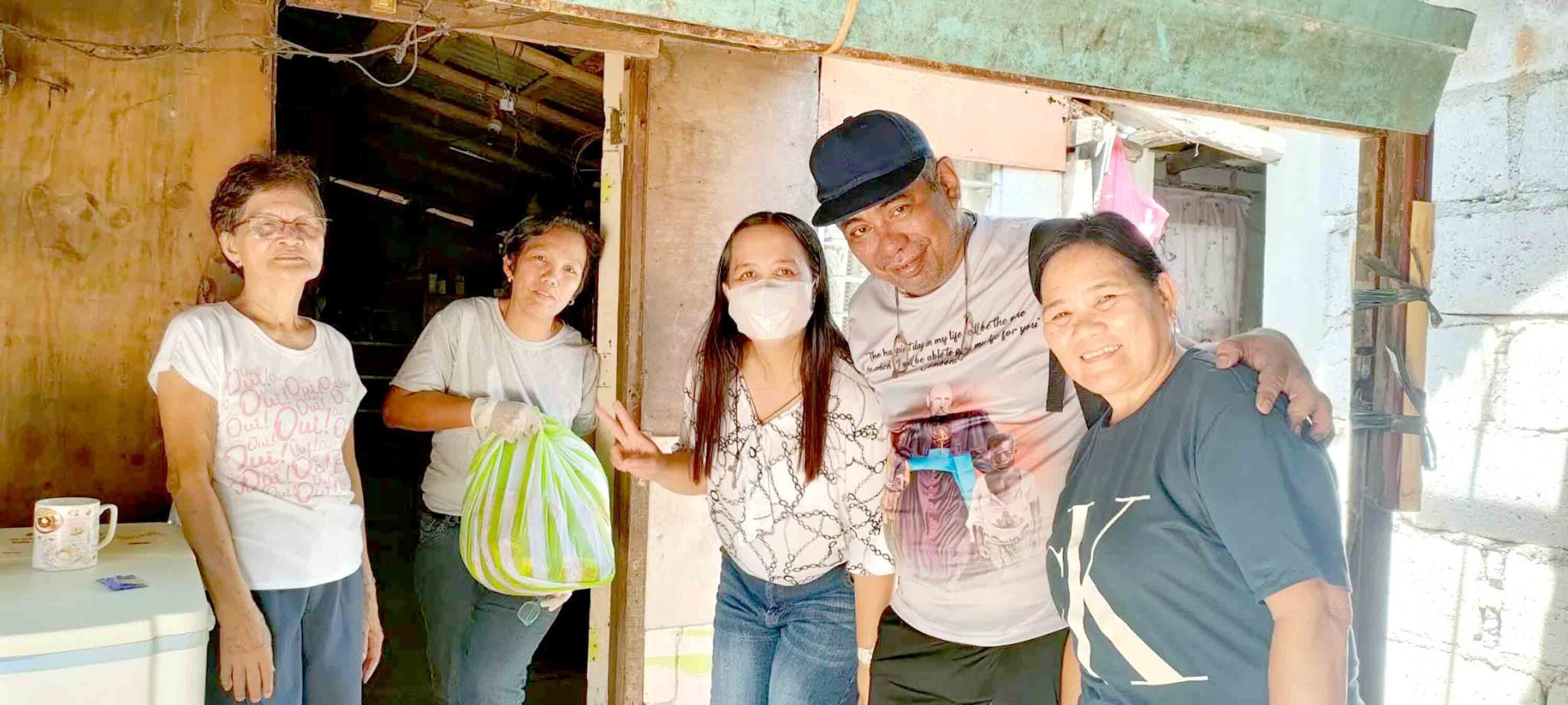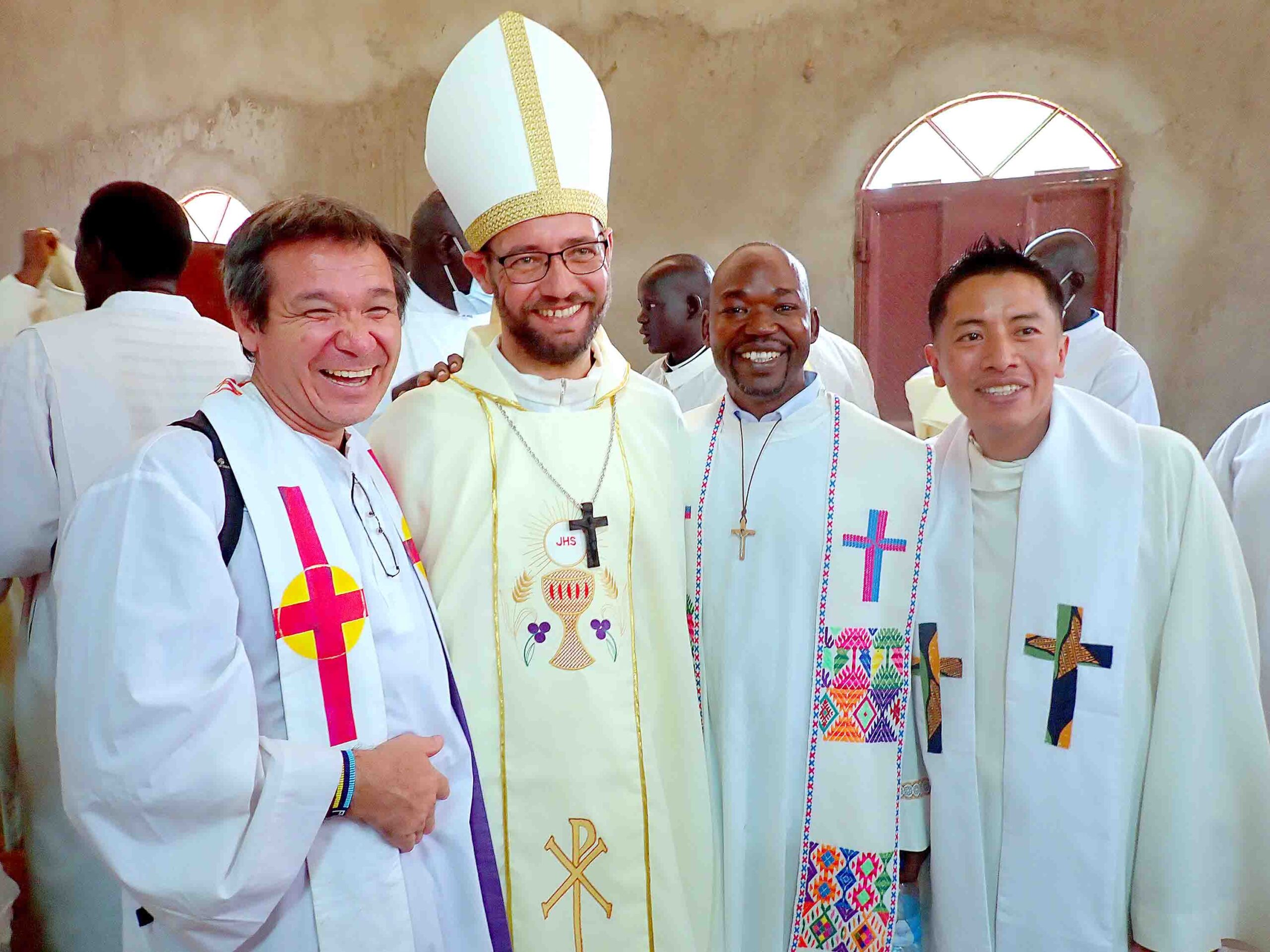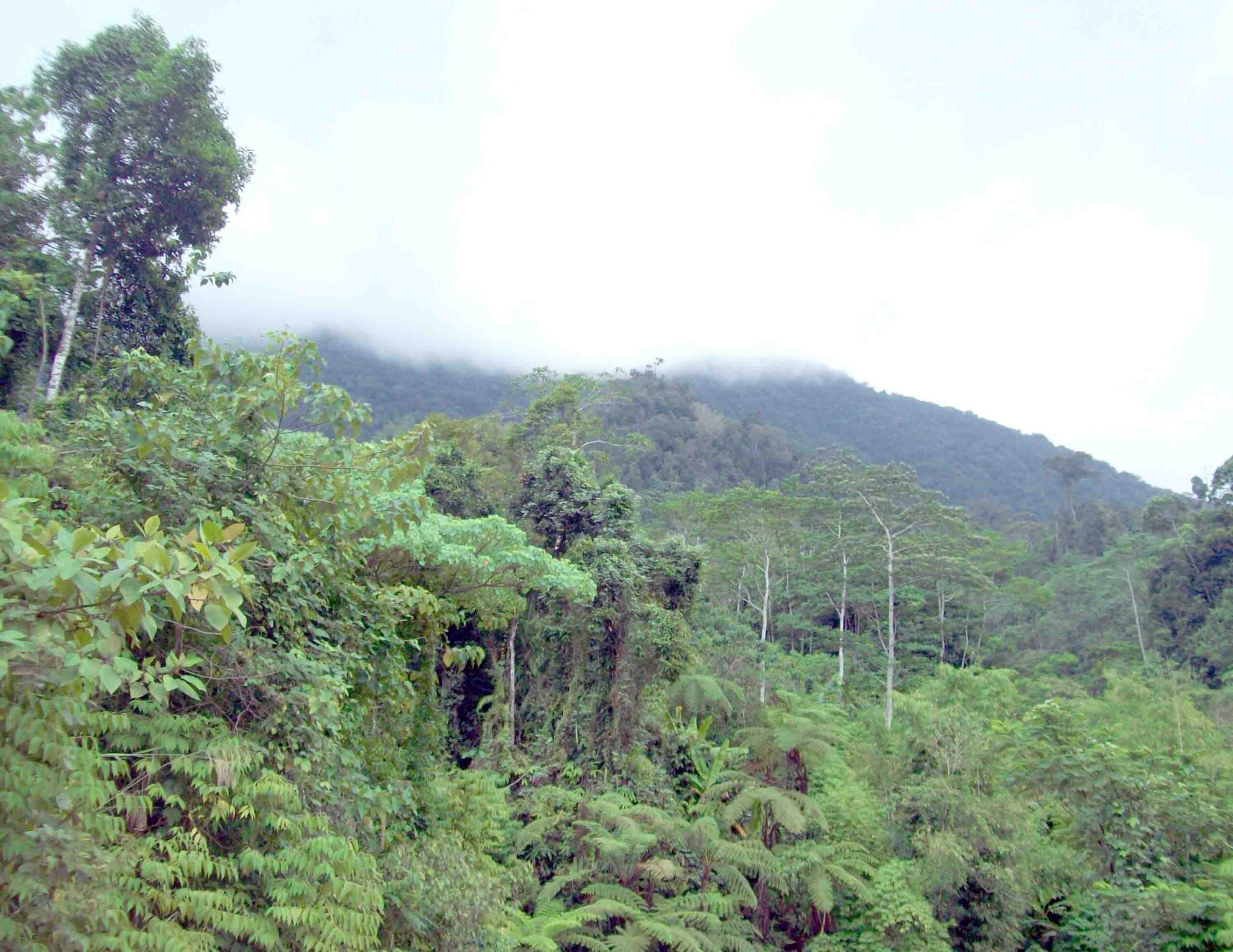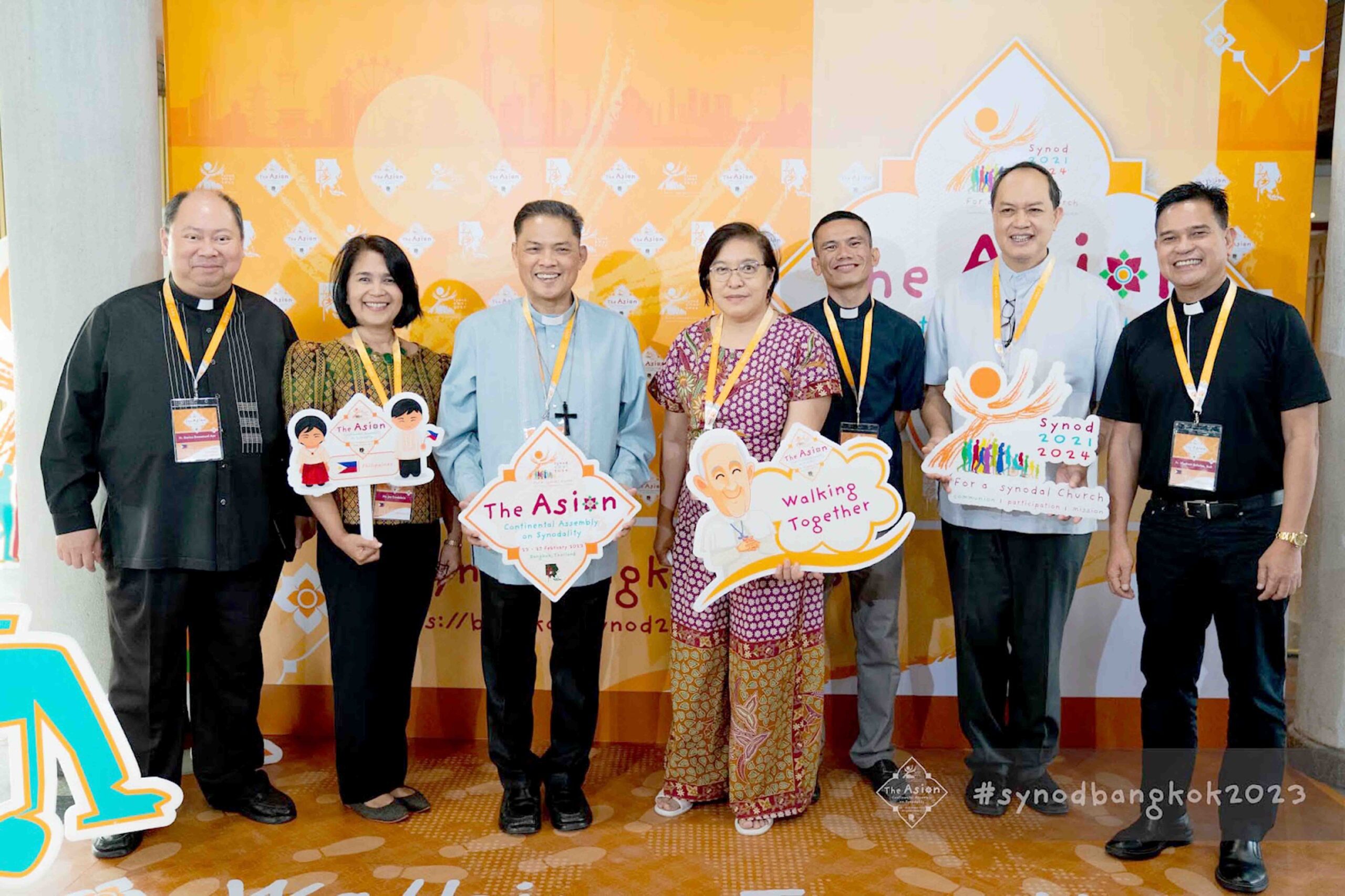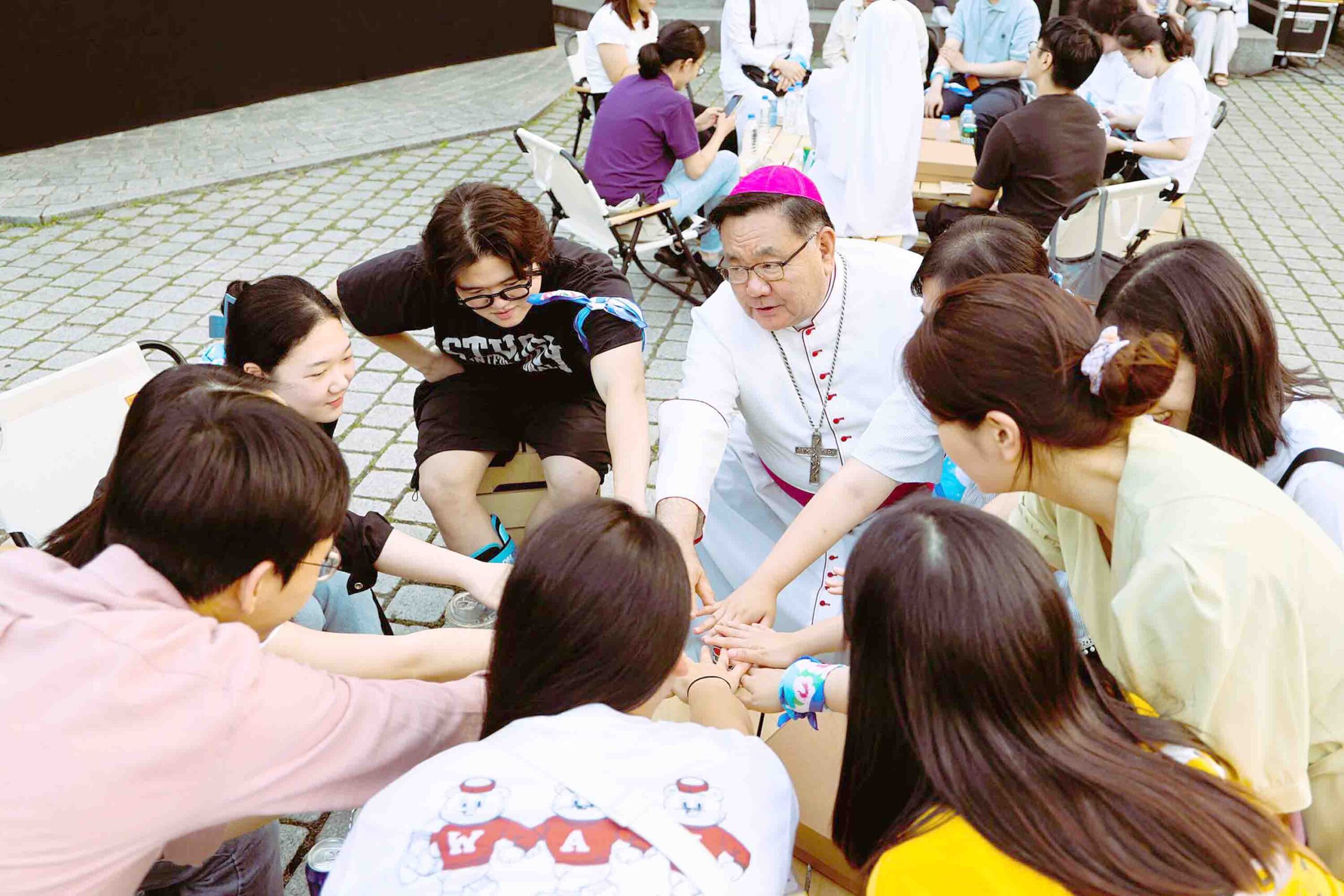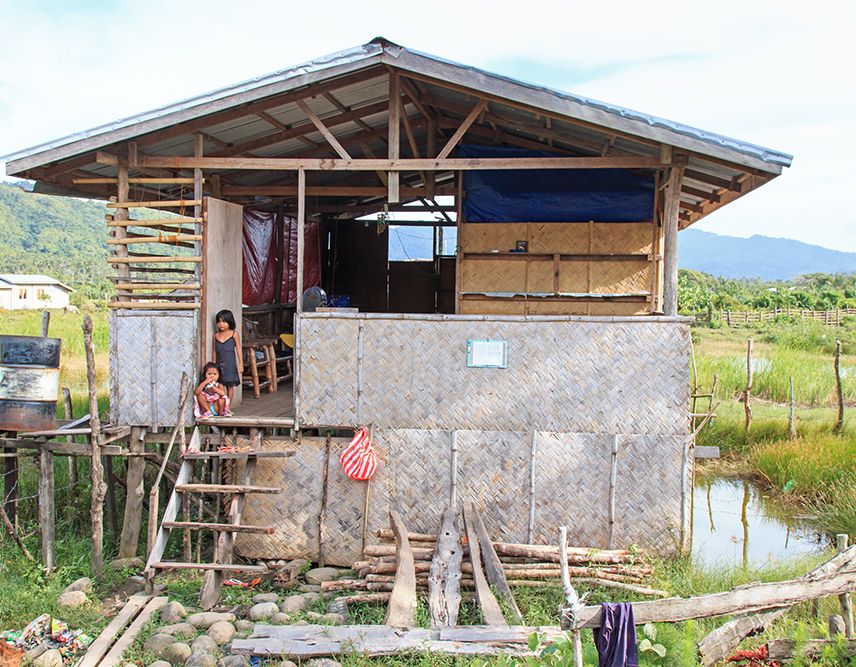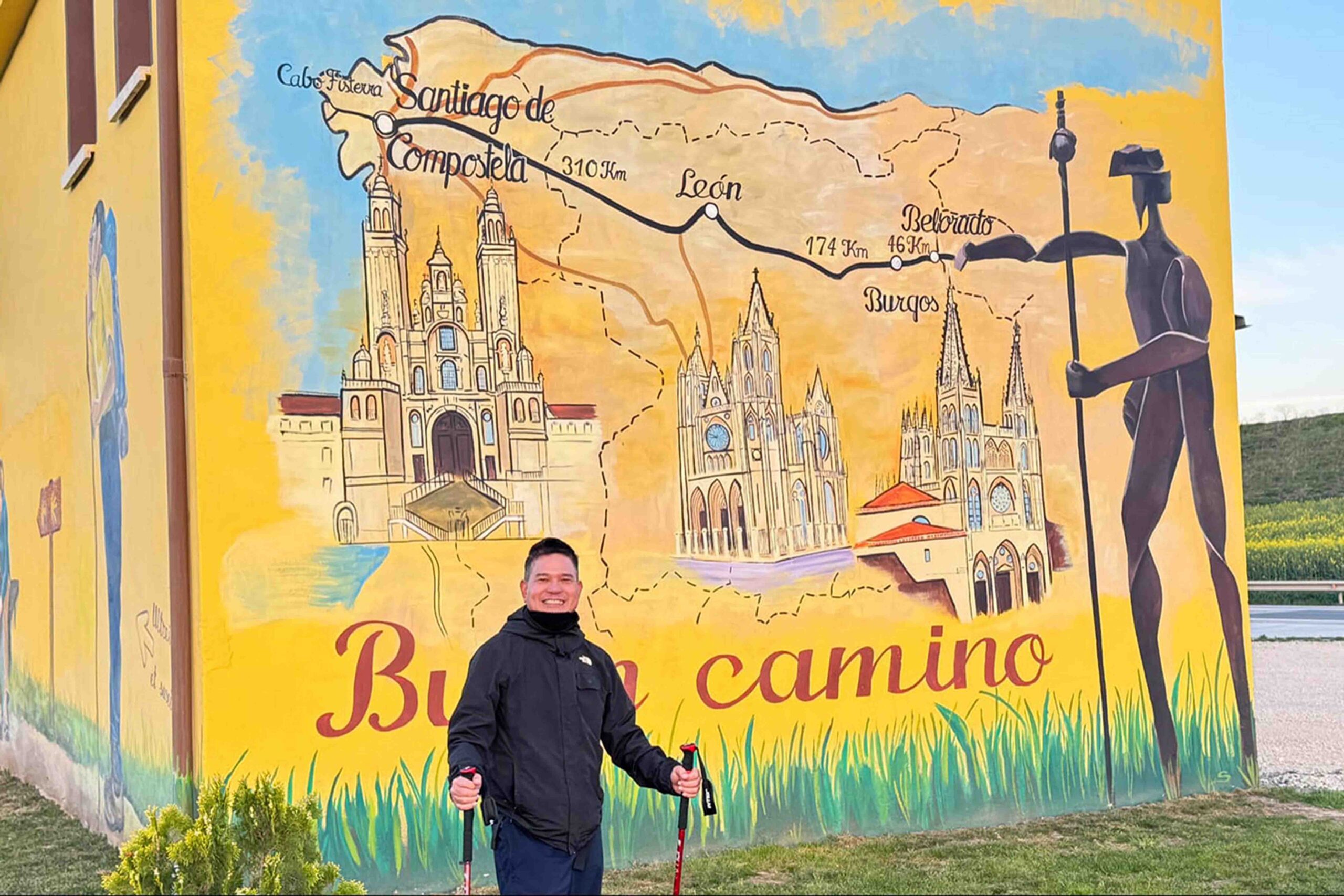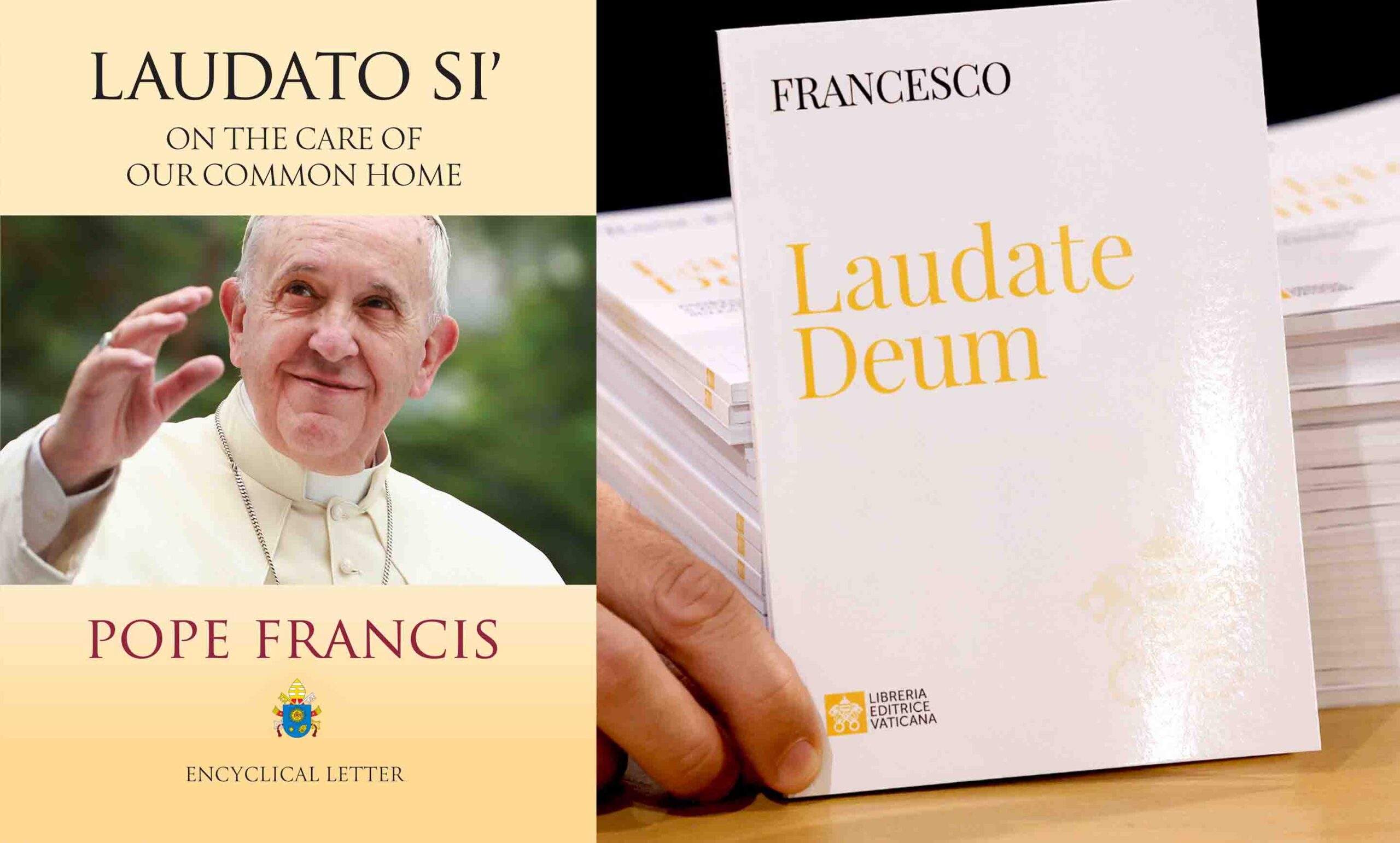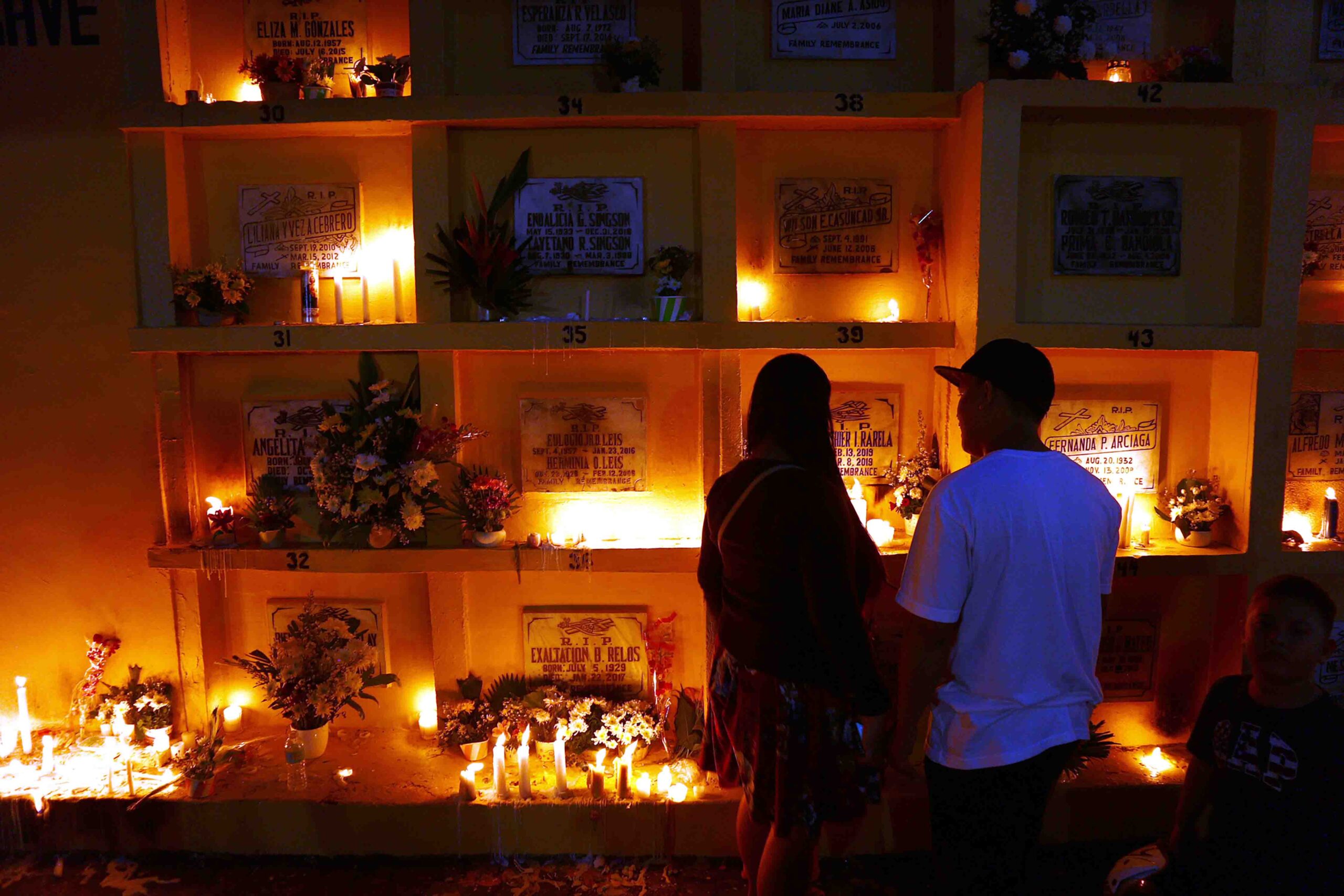One sunny Sunday in 1998 in the area of Heishawan, in the northern part of Macau, there occurred an important event in a neighborhood mainly populated by people that in the past decades had migrated from mainland China to Macau. They had little in common, not more than looking for a job and earning their living in an atmosphere of freedom and, probably, the desire to form and establish a family in Macau. In what was then the Pastoral Center of Iao Hon run by the Maryknoll Sisters, the Comboni missionaries began their presence, an assignment that the former bishop of Macau, Domingos Lam, entrusted to them.
That Sunday, we gathered for the first time to celebrate the Eucharist in the Pastoral Center, a small place but big enough to accommodate the attendants to the mass consisting of six people, including the two priests and two sisters who at that time were managing the Pastoral Center.
The amazing thing was not whether many or few people were at the first mass, but the presence of a couple from mainland China who, a few minutes before the Celebration of the Holy Eucharist started, stopped at the entrance and asked whether it was a Catholic Church. They were told several times that indeed it was, yes, yet they were still reluctant to enter. At the end, they did enter and to my amusement they left immediately. I asked them why. The answer was clear: “You do not have the statue of Our Lady, so you are not Catholic.” Well, I could not but give up. The following week, we made sure that the image of our Lady was placed somewhere in the little chapel, just in case they would be around again. That was the first Eucharist at the Center. In the meantime, the diocese of Macau was building the new church not far from there, which in the future would be called St. Joseph the Worker church.
That is what we celebrated on May 1, 2024, the 25th anniversary of the foundation of the parish. It was a joyful feast with a thanksgiving Eucharist presided by the Bishop of Macau, Monsignor Stephen Lee, a good number of celebrants, and a packed church, mainly Christians who through the years had joined the parish community after the experience of the catechumenate.
Attending the celebration were seven youngsters who stood on the first pews before they received the Sacrament of Confirmation, and some ten kids who were given their first communion.
THE MOST POPULATED URBAN AREA
After almost one year in the Hakshawan district it was time to move to the newly built church, whose patron saint is St. Joseph the Worker, a very appropriate name for, at that time, the most populated urban area on earth by square meter, crowded with workers and migrants from different countries of East Asia, mainly from mainland China.
It was not until May 1, 1999, a few months before the handover of Macau to China on December 20, 1999, that the new Church was consecrated by Monsignor Lam with the presence of many priests and Christians. It was a real challenge for us Comboni missionaries to start our commitment in the Chinese world.
Looking back to those 25 years, I could recall some facts, desires, challenges, and hopes on the occasion of the foundation year of the parish.
GRATITUDE
First of all, a sense of gratitude to God for the journey of these past years, in which the community has grown with the incorporation of new Christians yearly resulting in the formation of a steady and lovely community with different groups and activities. I can easily see the work of the Holy Spirit guiding the parish community to walk through not always easy paths.
The beginnings were not easy because there was no history or a past that could have conditioned or helped our missionary presence. Therefore, we could start giving a missionary dimension to the parish in the way we thought more appropriate. Up to now, something of this has been achieved, yet other initiatives in line with the involvement of the neighborhood can be foreseen and be implemented and underlined.
Secondly, the desire of giving a missionary flavor to the parish from its beginning faced the challenge of outreaching to the non-Christians in an area in which previously, there was not a Catholic presence mainly because the area did not exist as it was reclamation land that not so long ago was part of where the Delta River flows into the South China Sea. Much energy has been invested in answering to the needs of the Catholics of the area, as well as the activities related to the cult and sacraments that slowly formed part of the weekly and monthly schedule.
Thirdly, we are also grateful for the good atmosphere established in the beginning and the close collaboration with the new Christians who were joining the community yearly. The newly baptized Christians were, since the beginning, strongly invited to join one of the parish groups and get involved in the running of the parish as active members. This proved to be vital for the renewal and involvement of the newly baptized in the running of the parish.
Yet, as we celebrated these 25 years, we can still ask ourselves whether St. Paul would have been in the same place during such a long period of time. I am tempted to think that after a few years of setting up the community, he might have prepared and formed some collaborators and run somewhere else with the missionary spirit that characterized him. So, the fact of being 25 years in the same place as a missionary congregation put some challenges ahead.
The changes of missionaries in the running of the parish have brought on the one hand a continuous renewal, and on the other hand presented different ways and achievements in the pastoral work. The missionary input was emphasized in its beginnings, with visits to the few families and interaction with the people around St. Joseph parish. This is a challenge that has to be continually underlined, putting the outreach to the non-Christians as a priority.
For this purpose, there are four communities within the setup of the parish that continue being involved in the life of the parish: the Cantonese speaking group, the Mandarin group, the sign language group and the English group.
Another fact that from the very beginning was clear in our minds was the possible relationship between the parish and the Catholics in mainland China. There were several initiatives, some still present, in the setup of the parish. That was what former Bishop Lam expressed in his homily at the consecration of the church some 25 years ago. He said that the design of the church, the shape of a plane with two arms, should express the wish and desire of the diocese of Macau to welcome those brothers and sisters of mainland China. This has produced its fruits with some initiatives involving the parishioners, yet more can be attempted.
APPROACH TO THE NON-CHRISTIANS
The journey ahead will continue to be a missionary one, with energies invested in the approach to the non-Christians and the strengthening of ties among the Christians, and the desire to make visible the presence of God in the populated area around the parish church with support of the Christians. The emphasis of the catechumenate of adults has always been a priority and it, no doubt, will continue. In that way the parish will be constantly renewed with new blood and new energies, those of the newly baptized and the renewal of the various groups that play a vital role in the running of the parish.
Everybody can find its place in the setup of the community that at present is formed by four main groups, the Cantonese-speaking being the more numerous, followed by the English-speaking group, the Mandarin group and the deaf and mute group.
Having seen the development of these past 25 years, one cannot but expect a hopeful and promising future in the fast-changing society of Macau, already part of China, with its hopes and as well as its challenges. The figure of St. Joseph will protect the community and give it a stronger impulse, in order to integrate more and more the workers who, by the thousands, live around the parish and honor their saint.

